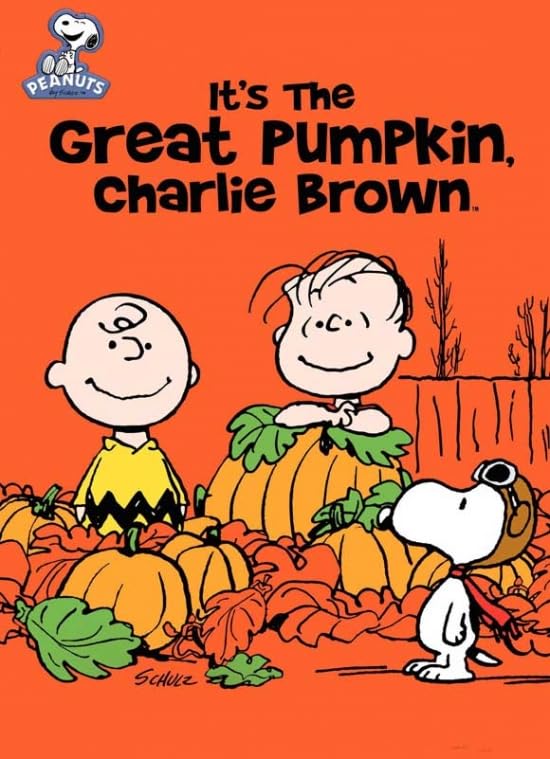
New Study Asks: Is There A Connection Between Media Violence and Dark Personality Traits?
By Movieguide® Staff
A new study published by the academic journal Psychology of Popular Media sought to research the connection between violence in the media and an individual’s personality—specifically those who find media violence humorous.
“We noticed there was a gap in the research literature concerning traits of people who find humor in entertainment media,” Craig Anderson, an author of the study, said. “An obvious place to start was to see whether dark personality traits predict who will find entertainment media humorous.”
Anderson and his colleagues found that media violence desensitizes every viewer regardless of personality type.
“At this point in time, there is very little research linking finding humor in media violence to later real-world aggression and violence,” Anderson said. “The state of the research literature does show that a fascination with weapons and violent incidents, and high exposure to media violence, does predict both mild and extreme acts of violence. But, that is not the same thing as finding humor in violent entertainment media.”
The research used the ‘Dark Tetrad’ of personality traits—which include Narcissism,
Machiavellianism, Psychopathy, Sadism—and Moral disengagement, Spitefulness, and Schadenfreude.
According to Anderson, there are two key takeaways from the study, which Forbes lists as:
- Parents of children from age 5 to 21 should be concerned if those children find violence that they see in all types of media, including news reports of real-world violence, to be funny and not distressful.
- If that is the case, then that is a sign that the media habits of the family need to be altered and that the family needs to do a better job of teaching children prosocial family values rather than antisocial ones. Interestingly, superhero violence also is harmful to children’s development of appropriate social values and feelings of well-being.
Movieguide® Founder Dr. Ted Baehr writes in his book, “The Media Wise Family”:
Fact: 97% of all American households own at least one television set – which is more than those possessing indoor plumbing or refrigerators.
Most parents intuitively know what the scientific and educational communities have confirmed over the last 75 years: the messages of popular culture are very “persuasive” in affecting behavior. Parents also realize children are designed to mimic adults, that they learn by copying adults and that the most exciting and the most frequent adult behavior they see and hear is displayed in the entertainment media.
So that you can make informed media decisions and help others to do the same, let us look at some of the facts and research in this important area.
Irrefutable
There have been hundreds of thousands of psychiatric, psychological, sociological, pediatric, and medical studies researching the effects of the mass media on behavior, including laboratory experiments, field experiments, correlational studies, and longitudinal studies. [i] So much research has been conducted in this area that many newspapers and top US government officials have concluded that the influence of the mass media on violent behavior is now irrefutable.
Most people are unaware of this research because we get so much of our information from television, and television and other media executives have a self-interest in not emphasizing their influence on human behavior, except to exploit it through commercials.
Scientific research has focused both on the quality and quantity of violence on television. Most research has focused on the quantitative content analyses, especially whether the amount of violence on television was increasing or decreasing. Some of the early research that counted acts of violence didn’t examine the context of television violence. Qualitative analysis requires exact definitions of violence to determine whether the act was counted or not. For example, it’s necessary to decide if verbal violence should be counted or whether comic violence such as cartoons would be registered.
Consider a cartoon where a character is hit by a hammer, the character shakes his head and continues on his way. Many researchers consider this “happy violence,” the worst type of entertainment violence because it is unrealistic. Such cartoon violence might encourage children to imitate it because it shows no consequences. Others think children understand that cartoons are make believe. Scholars have usually included cartoon violence.
Many movies aimed at children have contained excessive violence. The partly animated WHO FRAMED ROGER RABBIT has 52 acts of violence. The children’s fantasy movie, NINJA TURTLES, contains 194 acts of violence, many committed by the heroes, including kicking, concussion-dealing blows and characters delighting in inflicting violence.
The problem of what kind of violence to include and exclude in a study also pertains to slapstick humor and violent sports, which may make violence an acceptable or even desirable part of American life.
It’s helpful to look at violence within the framework of the context in which the violence occurs. Looking at the context focuses the research on distinguishing between violence that raises issues of concern and violence that doesn’t. It’s also helpful to use a broad definition of violence, such as violence is anything that involves physical harm of any sort, intentional or unintentional, self-inflicted or inflicted by someone or something else. Verbal violence is of secondary importance.
If violence was removed from all movies, television programs and other mass media, there would never be a documentary series such as THE CIVIL WAR or important movies such as SCHINDLER’S LIST and THE PASSION OF THE CHRIST. Portrayals of violence are necessary to tell stories that send anti-violence messages. The issue is not the mere presence of violence and other offensive elements, but the nature of these elements and the context in which they occur. Context is an important key to the determination of whether or not the use of certain otherwise questionable elements is appropriate.
Questions or comments? Please write to us here.


 - Content:
- Content: 
